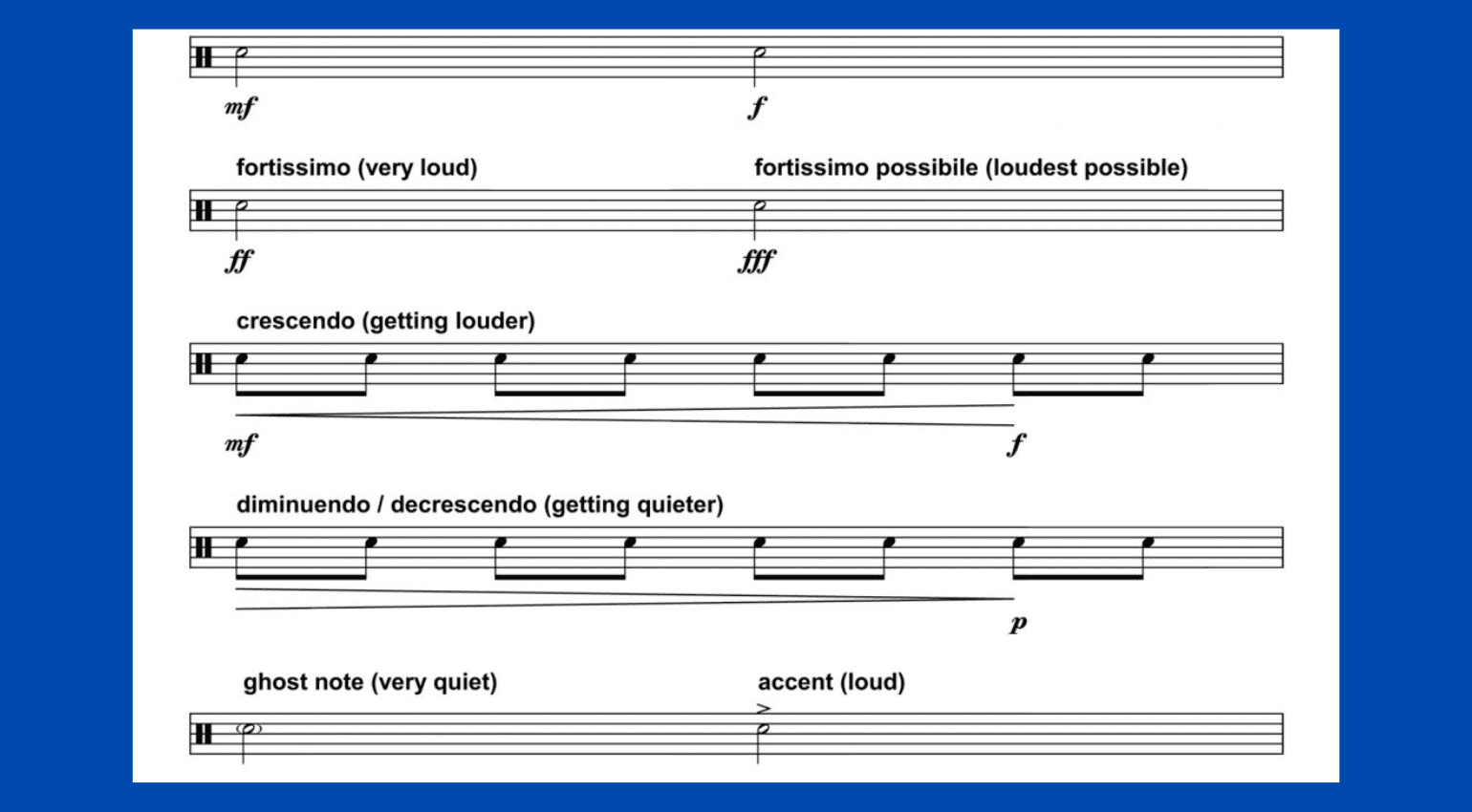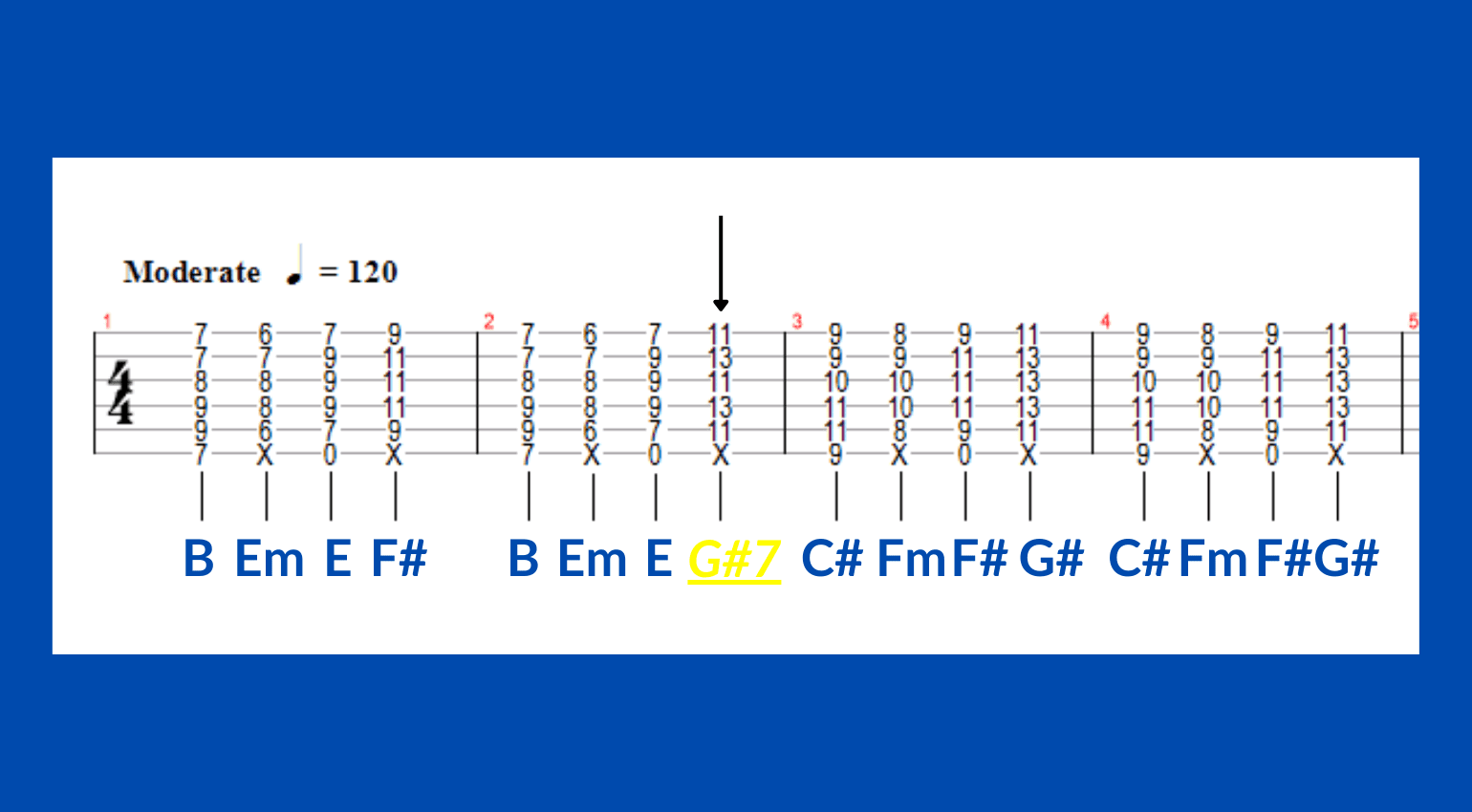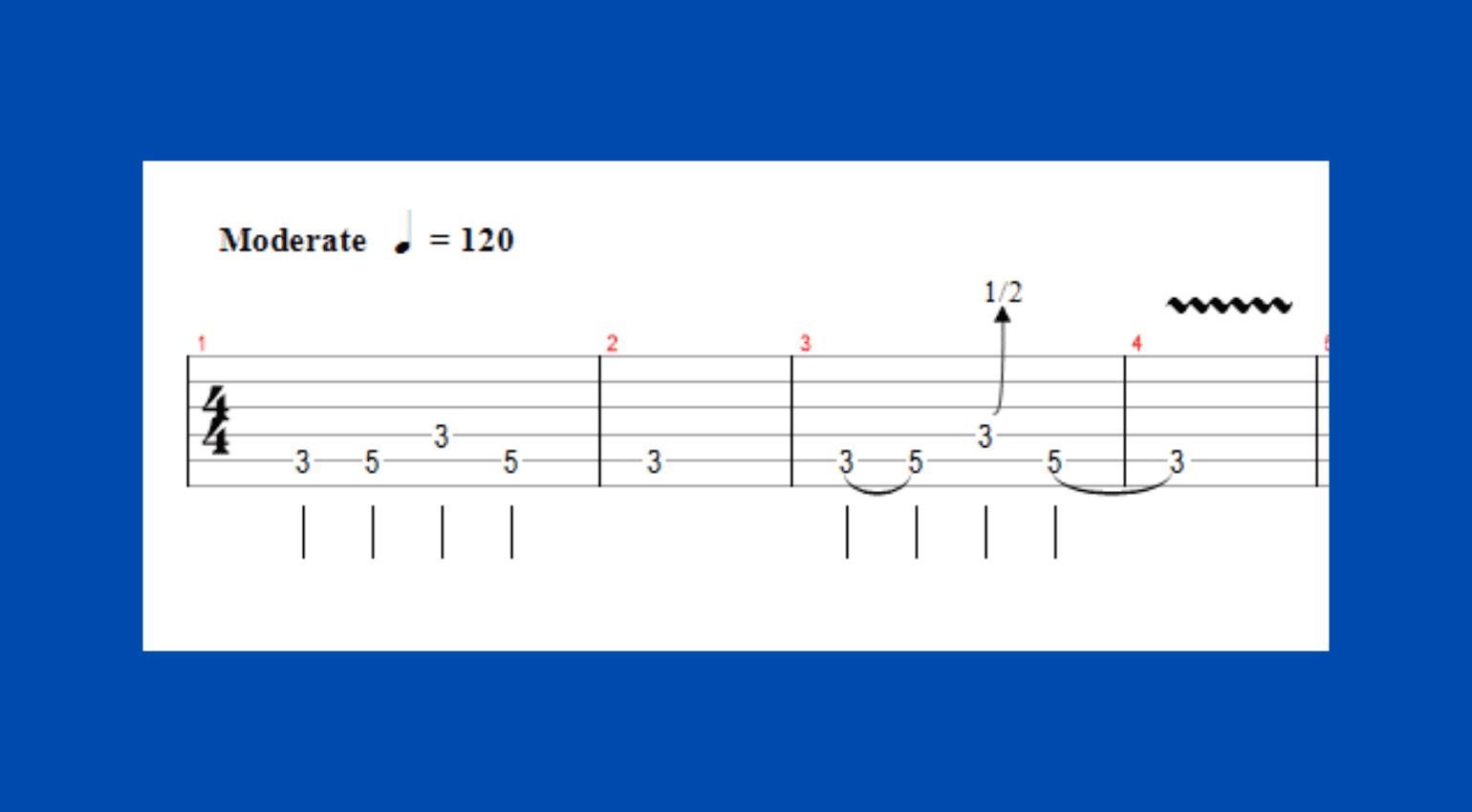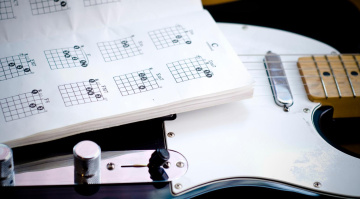Composing for Guitar: Reasons Behind Riffs
Having emotional chord progressions and killer riffs is all well and good. However, to achieve musical enlightenment, you need effective techniques when composing for guitar. Check out these reasons behind riffs…
Composing for Guitar: Reasons Behind Riffs
In this guide, we’re going to look at composition techniques for the guitar. When composing for guitar, it’s important to know and consider some core techniques that will transform your melodies. If you want your ideas to stand out, take a look at these reasons behind riffs.
Pitch Changes
In classical terms, a pitch shift is referred to as Glissando. This refers to the continuous ascending or descending slide between two notes on a score. In contemporary Western music, this is just the rapid sliding up or down of notes in a scale.
So, how can we translate this to our fretboard? Pitch changes can act as an effective device to show a change of direction. It’s most effective across a selection of notes within a Blues or Pentatonic Scale. This is important and effective when composing for guitar. Stevie Ray Vaughn used glissando in some of his phrases, which achieves that sense of movement.
Check out this short video, demonstrating where and how we can use pitch changes:
You are currently viewing a placeholder content from YouTube. To access the actual content, click the button below. Please note that doing so will share data with third-party providers.
Dynamic Changes
Dynamics are essential when composing for guitar. The term Dynamics refers to volume. Specifically, the varying volumes at which we can play. They are described with various Italian phrases:
- Piano = Soft / Quiet
- Mezzo Forte = Medium / Loud
- Fortissimo = Very Loud
On a score, or piece of guitar TAB, you’ll find these dynamic markings. For example, ‘mp‘, shows us that that piece is to be played medium soft. Acoustically, the guitar is an extremely versatile instrument when it comes to dynamics.
When looking at reasons behind riffs, we can adjust the dynamics easily when composing for guitar. We can adjust dynamics by playing a phrase softly and gradually getting louder, referred to as a crescendo. Alternatively, we can play another riff or phrase loudly, and eventually get softer, diminuendo.
AC/DC‘s Let There Be Rock features Bon Scott‘s lead vocal. Moreover, we have effective use of dynamics. In the intro and choruses, the music is fortissimo, very loud, whereas the in the verses it is mezzo piano, moderately quiet.
You are currently viewing a placeholder content from YouTube. To access the actual content, click the button below. Please note that doing so will share data with third-party providers.
Texture Changes: Composing for Guitar
The dynamic changes in Let There Be Rock lead us nicely into looking at Texture changes.
Texture is the name given to the combination of rhythms, pitches, melodies and harmonic materials within a piece of music. Looking at composing for guitar, we must first understand the terms for the different types of textures:
- Monophonic = Single, unaccompanied melody line
- Homophonic = Melody with accompaniment
- Polyphonic = More than one melody performed at the same time
Therefore, in the verse of Let There Be Rock, we could describe the texture as homophonic. Why? Because you can hear Bon Scot’s vocal, accompanied by a bass guitar part. Whereas, we would label the rest of the song as polyphonic, as there are multiple layers of music playing at the same time.
When composing for guitar, look at stripping back certain elements of your composition. Typically, the texture would thicken as a song progresses from the intro, verse, and choruses. Why not try stripping back the melodies or accompaniment in your own pieces of music, this puts emphasis on elements with a thicker texture.
Modulation
Key changes can be one of the best ways to spice up your music. When composing for guitar, you’re in control of what goes down on that click track. To change key is to modulate, such as from A to C#.
Understanding how to modulate is a vital asset when composing for guitar. An appropriately executed modulation provides emphasis and entices your audience.
Let’s look at a set of chords; B, Ebm, E and F#. A fairly simple barre chord progression. It does the job, but let’s say we want to emphasise the last chorus. How would we do that?
The TAB above depicts our chord progression from before. It repeats for two bars. However, at the end of the second bar, the final chord is G#7. This is called a pivot chord, and it indicates a change of direction. Therefore letting the listener know that a change is about to come.
We have modulated by one tone. Effectively, our progression is the same, but just played sharp by two frets. On guitar, this means that we can play the same shapes across different frets.
There are many examples of songs that modulate in this way:
- Denis Denis – Blondie
- We Are the World – U.S.A For Africa
- To Be With You – Mr. Big
- And I Love Her – The Beatles
Left-Hand Techniques
Finally, we’re going to look at expression. This is how you play, and more importantly, how it sounds. There are various techniques we can use to do this. Which ones should you use for the best results?
Arguably, hammer-ons and pull-offs are the perfect starting point for dressing your melodies. Chances are you’ll have a good riff, but it needs a bit of spice. Hammering into notes, and pulling off again will add that zest that you’ve been after. Furthermore, cheeky half-step bends are way more effective than you’d first realise.
Bends are great for solos, right? Adding some half-step bends into your melodies will transform the feel of your riffs. Combined with a few hammer-ons and pull-offs, you’ve altogether got the right techniques together when composing for guitar. A bit of vibrato goes a long way too.
Benefits? Composing for Guitar
These reasons behind riffs should give you a lot to work with. Without even looking at what chords to use, inversions, and song structures. Considering how little it takes to totally rework your sound, composing for guitar really doesn’t need to be that difficult.
Video:
You are currently viewing a placeholder content from YouTube. To access the actual content, click the button below. Please note that doing so will share data with third-party providers.
 4,5 / 5,0 |
4,5 / 5,0 | 









